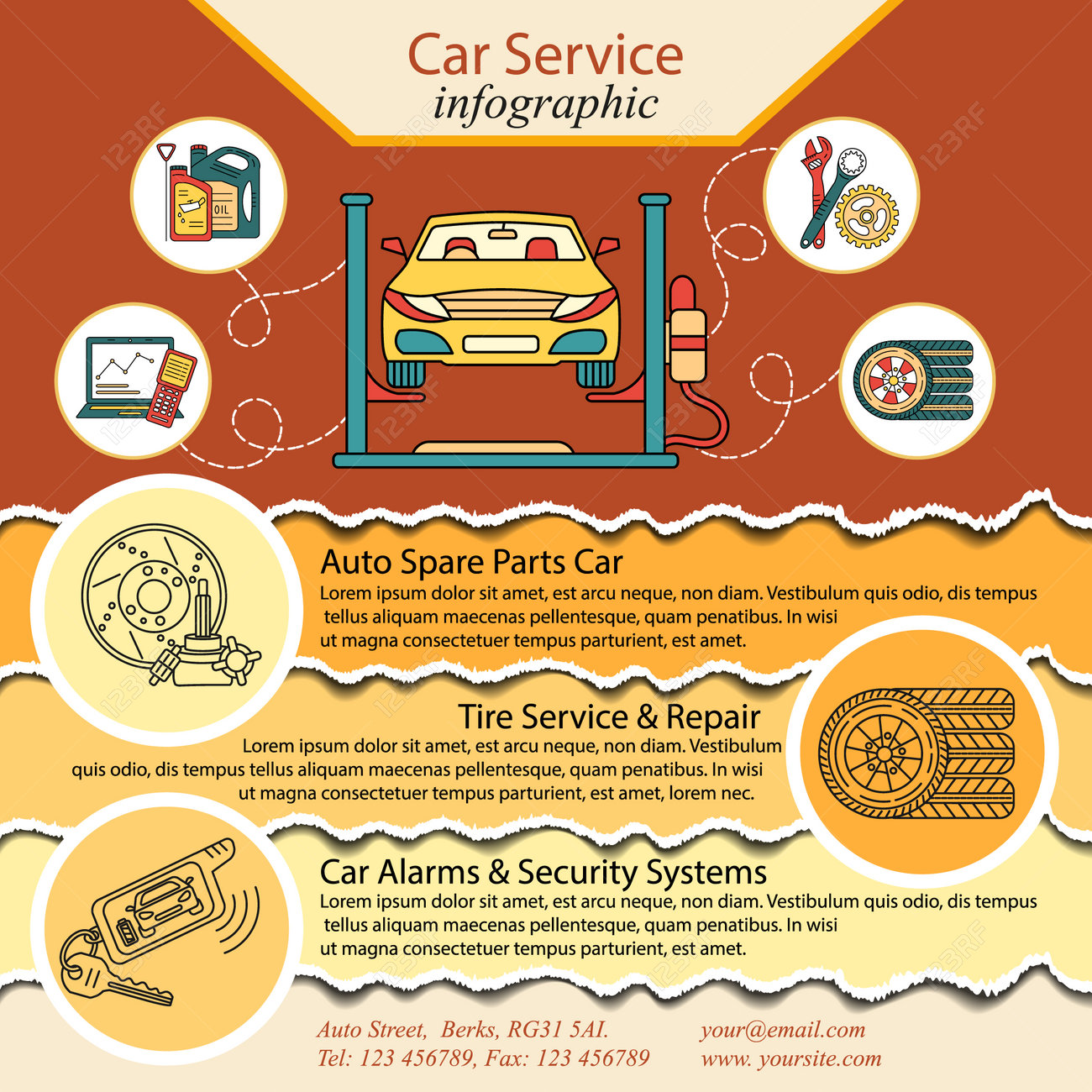Open The Hood To Discover Typical Brake System Problems And Their Repairs, But What Concerning Spongy Brake Pedals? Figure Out The Remedy Ahead! Find Out More Listed Below
Open The Hood To Discover Typical Brake System Problems And Their Repairs, But What Concerning Spongy Brake Pedals? Figure Out The Remedy Ahead! Find Out More Listed Below
Blog Article
Content Produce By-Hinrichsen White
When it comes to your automobile's brake system, understanding usual issues can conserve you from potential safety and security threats. From determining brake pad wear to dealing with brake liquid leakages, recognizing how to take on these problems is important. Yet what regarding those mushy brake pedals? There's a repair for that as well. Stay tuned to read more concerning these issues and the sensible solutions that can keep you safely on the road.
Brake Pad Wear and Substitute
When it involves preserving your car's brake system, one vital aspect to keep an eye on is the wear and substitute of brake pads. Brake pads are important elements that press against the brake blades to reduce or quit your vehicle. With time, these pads wear down because of rubbing, needing regular examination and replacement to guarantee your brakes operate effectively.
To establish if your brake pads require substitute, pay attention for shrieking or grinding noises when you use the brakes. Additionally, if your automobile takes longer to stop or you observe vibrations or pulsations when braking, it may be time to change the brake pads.
Overlooking used brake pads can bring about reduced stopping efficiency, damage to other brake parts, and even brake failure.
Changing brake pads is a reasonably uncomplicated process for many lorries. However, if you're unclear or unpleasant executing this job, it's ideal to get in touch with a specialist mechanic to ensure correct installment and optimum brake performance.
Frequently checking and replacing brake pads is vital for your security and the longevity of your vehicle's stopping system.
Brake Liquid Leaks and Maintenance
To ensure your automobile's brake system works optimally, it's important to also focus on brake liquid leakages and maintenance. Brake liquid is critical for transmitting the force from your foot on the brake pedal to the real stopping device. One typical concern with brake liquid is leakages, which can happen as a result of scrubby brake lines, seals, or links. If you observe a pool or leaks under your car, it's important to attend to the leakage immediately to avoid a prospective brake failure.
Frequently inspecting your brake liquid degree is key to maintaining your brake system. Low brake fluid can cause air going into the brake lines, which jeopardizes stopping efficiency.
Furthermore, https://www.consumerreports.org/car-maintenance/car-care-and-maintenance-during-the-coronavirus-covid-19-a2193482887/ or contaminated brake liquid can influence the overall efficiency of your brakes. It's advised to follow the manufacturer's standards on when to change the brake liquid, typically every 2 years.
Spongy Brake Pedal: Blood Loss Brakes
If you have actually ever before experienced a squishy brake pedal while driving, you understand the importance of maintaining a firm and receptive stopping system. One typical cause of a mushy brake pedal is air entraped in the brake lines. When air enters the brake system, it can bring about a loss of hydraulic stress, resulting in that upsetting spongy feeling when you press the brake pedal.
To resolve this problem, bleeding the brakes is required. Bleeding the brakes includes getting rid of the air from the brake lines to bring back proper hydraulic stress.
To bleed the brakes, you'll require a helper to aid you. Beginning by locating the brake bleeder valve on each wheel, typically located near the brake caliper. With a wrench, loosen up the shutoff and have your assistant press the brake pedal while you observe any air bubbles appearing. Repeat this process for each wheel, starting from the wheel farthest from the master cyndrical tube and relocating more detailed.
Once you no more see air bubbles and just clear liquid arises, tighten up the shutoff and top up the brake fluid storage tank as required. Bleeding the brakes helps make certain a firm brake pedal and improves overall braking efficiency.
Final thought
Since you understand usual brake issues and exactly how to fix them, you can ensure your car's safety and security and performance. Keep in mind to listen for warning signs like shrilling noises or squishy brake pedals, and resolve them quickly. Regular maintenance and timely replacements are key to keeping your brakes in leading condition. Keep aggressive and conscientious to your brake system to delight in risk-free and trustworthy driving experiences.
